Last updated on May 23rd, 2024
Featured image: Willard Hewey, one of the author’s canoes in front of her home on the Tusket River | Photo by Sandra Phinney
Where to paddle your canoe in Nova Scotia
By Sandra Phinney, Contributor, Tales From Atlantic Canada
I’ve paddled in Nova Scotia for over 70 years and have owned seven canoes: Cleo, Clementine, Willard Hewey, No Name, Bella, Ms. Ebony, and Stupid Canoe. They each have their own peculiarities, stubbornness, and foibles—as do I. Whether you are a wanna-be paddler or have years of experience, there are lakes, rivers, and coastal areas in Nova Scotia to suit every skill level and interest.
How paddling got into my bones
At six, I was beckoned into a canoe by the simple word come. It was the summer of 1949, and I was with my family at Birchdale, a remote hunting and fishing lodge about a two-hour drive from where we lived in Yarmouth, Nova Scotia.
One day, as I sat cross-legged on the ground playing with pebbles next to the stand of canoes stacked by the shore, one of the guides strolled over. He plucked a canoe from the rack, flipped it over, and put it in the water. Turning to me with a grin, he said, “Come!” There I was, exactly as I had just been pretending—going somewhere in a canoe. The guide’s name was John.
“I want to paddle too,” I said.
“The paddle is way over your head. I’ll find you something later.”
We cruised around the cove and, when we returned, John promised to meet me by the canoes after breakfast the next day. He kept his promise. The guide also presented me with a rough-hewn paddle that came up to my chin. I felt as if I had been honoured by the grand chief of all nations and secretly wondered if I was Hiawatha.
John taught me a few strokes and close to the end of our stay, I could paddle! He said, “You’re ready for a trip.” I felt grown up, for I knew that only adults went on trips. “Pauline will pack us a lunch. We’ll leave after breakfast.”
We journeyed up First Carrying Lake, through what he called a “still water” (which seemed skinny and snake-like to me) into Second Carrying Lake, where John made a small fire and boiled water for tea. Weirdest thing I had ever tasted; but the fat ham sandwiches were the best ever. On the way back, I tucked my paddle under the front seat and curled up in the bow. The canoe wrapped its cedar-ribbed arms around me and swayed me to sleep as John paddled.
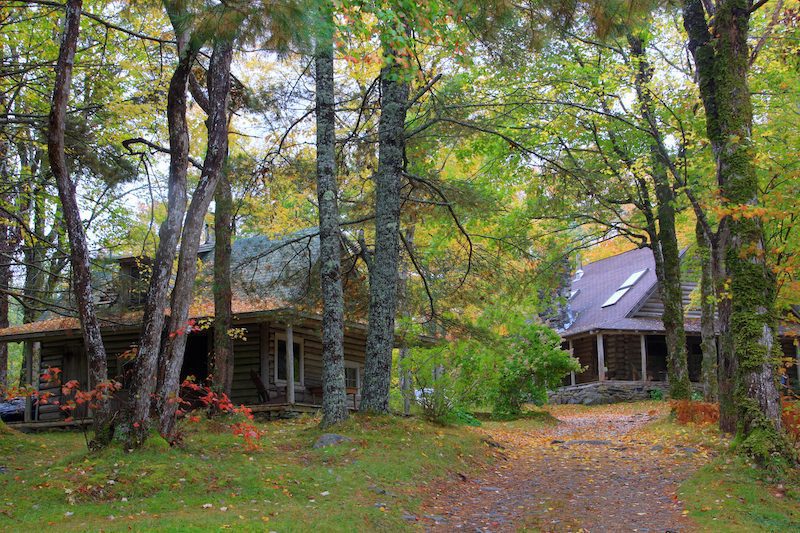
Birchdale Lodge and one of the cabins in Nova Scotia / Photo by Sandra Phinney
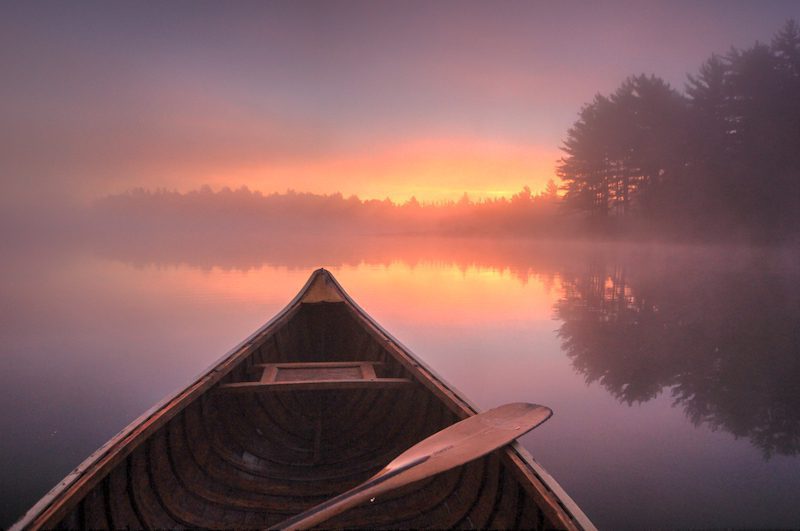
Sunrise on First Carrying Lake at Birchdale / Photo by Sandra Phinney
When we reached our earlier starting point at the shore below the lodge, my friend nudged me awake. I rubbed my eyes, climbed out of the canoe, and gave him a big hug. “You’ll be paddling on your own in no time,” John said. Little did this dear man know how paddling would shape my life.
Birchdale is still operating. Although it’s no longer a hunting and fishing lodge, guests are welcome to visit and stay—and, yes, paddle. It’s one of my favourite places on the planet.
In the past seven decades, I’ve canoed through stinging downpours, blistering heat, and moonlit nights so still and exquisite that I could hardly breathe for fear of breaking the spell. My canoes and I have been on some mighty trips together, journeying up the lazy Green River and the moody Miramichi in New Brunswick, the troubled Churchill in Labrador, and countless others.
I used to think that paddling was my drug of choice; an easy way to get a natural high. Then that perception changed when I had an “aha!” moment on a women’s wilderness trip into Sisketch Lake, a remote part of the Tobeatic Wilderness Area here in Nova Scotia. Our access point from Eel Lake at Kejimkujik National Park was made possible by getting our boats, gear, and ourselves shuttled partway by Whynot Adventures.
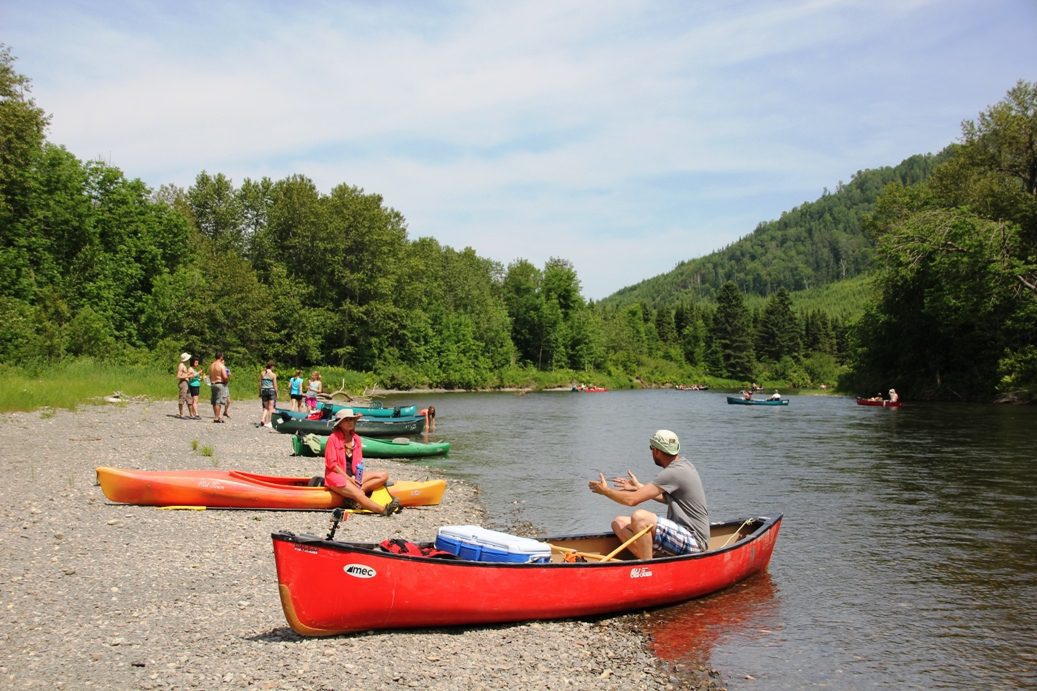
Taking a break while paddling down the Green River in New Brunswick / Photo by Sandra Phinney
The Sisketch experience
Headwinds with whitecaps and excruciatingly long portages defined the first leg of the journey. Paddling to Sisketch was arduous. Arriving at our ultimate destination on Day 2 just as dusk was about to descend, we arranged our tents on top of a twenty-five-foot-high granite boulder with a small outcropping of trees.
After a late dinner, looking up, I saw more stars than my brain could take in and decided to head out for a lone paddle. Although I carefully descended the steep granite incline to the lake, mere feet from my canoe I stumbled, falling hard on my right knee. Anxious to be on the water, I ignored the incident, pushed off, paddled a short distance, and stopped. Sitting in the silence, embraced by the stars and the ribs of my canoe, I felt I was part of the universe.
Later, after returning to shore, I noticed my knee. It looked as if someone had bashed it with a bat. Oddly enough, despite the bloody mess, I was in no pain. But it occurred to me that I could have broken my neck out here deep in the wilderness. One word surfaced, followed by a question. Why. Why do you do these trips, Sandra?
By now, my friends were all asleep. I cleaned my leg, bandaged it, and cozied up to the campfire. Then, BINGO! Sitting solo around the dying embers, sparks flew every which way in my brain, and I realized that despite physical hardships encountered on wilderness trips, I always end up feeling that I’ve gained more than I’ve given; that my mental, emotional, and spiritual reserves have been restored; and that I am somehow better off than I was before.

A pleasant break from portaging. / Photo by Sandra Phinney
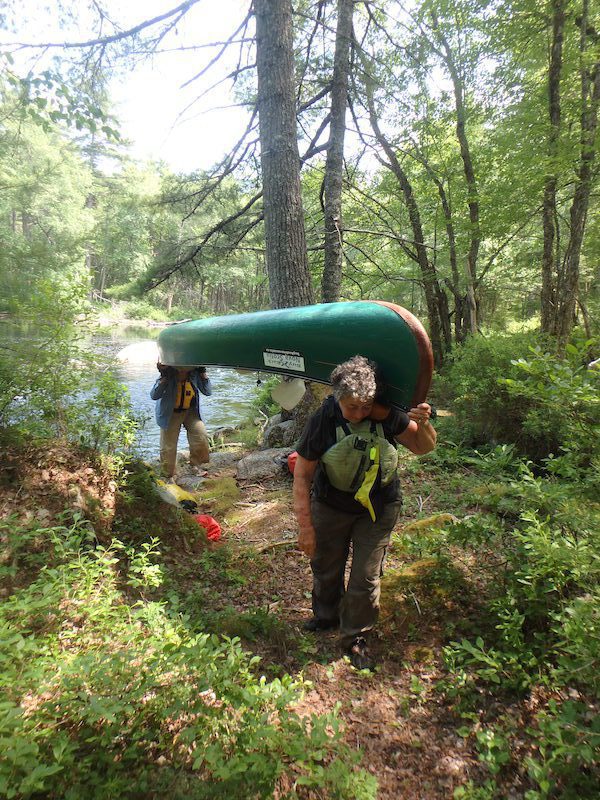
Portaging: some times easy; sometimes not so. / Photo by Sandra Phinney
Although I used to view paddling as a form of escape and a means to get away from it all, I’ve come to realize that it’s not that simple. What really happens to me while I’m on the water is that I get back to it all. I come home to what’s important. I come home to myself.
Addendum: I’ve also discovered that I don’t need several days in the wilderness to “come home to myself.” Although those extended trips are cherished, even a couple of hours in a canoe can be refreshing and life-affirming.
What Nova Scotia has to offer
I’ve been told (but have not confirmed) that Nova Scotia has more rivers and lakes than anywhere else in North America. Provable or not, you can access water systems with your canoe, kayak, or SUP, within minutes of driving anywhere in our province. Of course, you’ll want permission from landowners on private properties, but locals are always happy to accommodate.
Whether you are a wanna-be paddler or have years of experience, there are lakes, rivers, and coastal areas in Nova Scotia to suit every skill level and interest. We also have many resources such as Canoe Kayak Nova Scotia with information on routes and launch sites, excursions, and training opportunities. Local paddle clubs like the Southwest Paddlers Association can also steer you in the right direction.
Of course, you don’t need your own gear to paddle as we have lots of tour guides and outfitters who will rent boats and gear as well as organize trips for you.
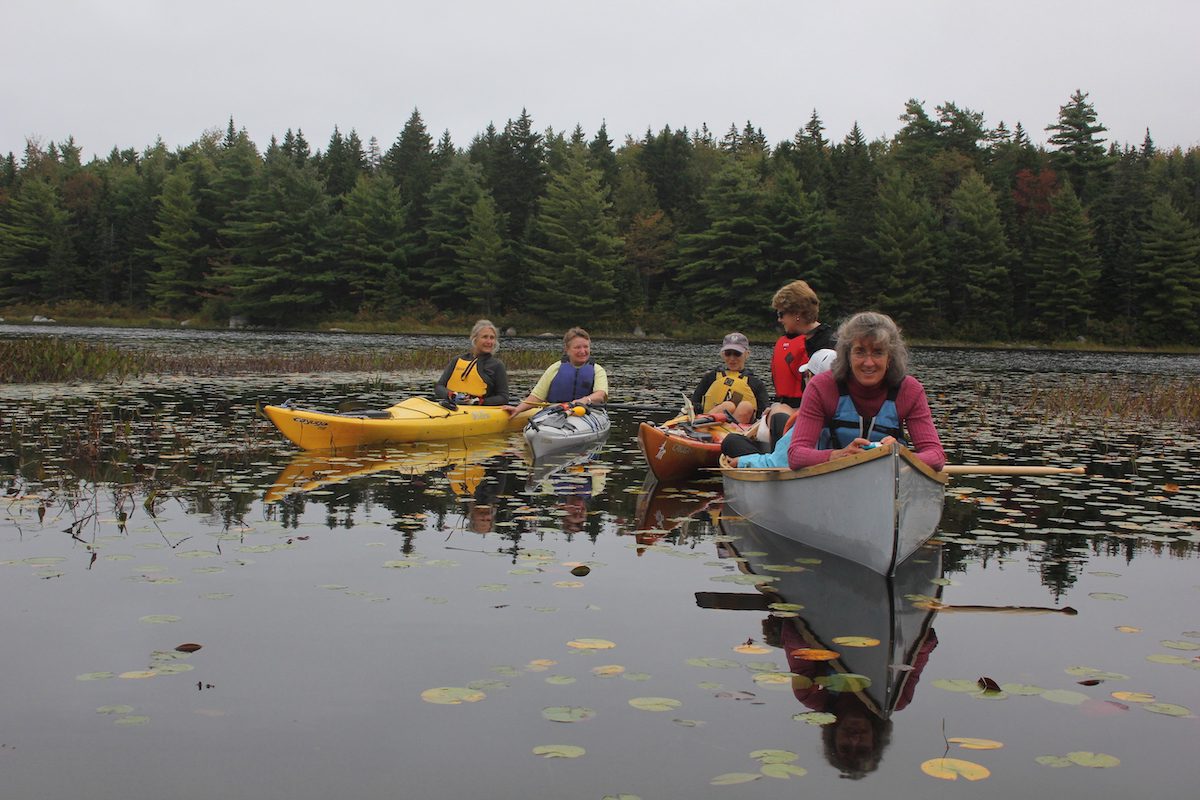
A pleasant break from portaging. / Photo by Sandra Phinney
Ocean paddling in Nova Scotia
You may have noticed that I’m not a kayak paddler. Although I do own one, my first love is canoeing. Even on the ocean! One amazing place to paddle any kind of boat is the 100 Wild Islands on the Eastern shore.
I first learned of the 100 Wild Islands during a fundraising campaign sponsored by the Nova Scotia Nature Trust (NSNT) several years ago. Within minutes of reading the website’s headline description — The most valuable islands you’ve never heard of — I was planning a trip, hoping to discover first-hand why this region was touted as “one of the last remaining intact and ecologically rich island groups of its size in North America.”
The 100 Wild Islands include everything from boreal forests and hidden coves to islands galore, extraordinary sandy beaches, and bogs and barrens that have remained isolated for more than 10,000 years. I’ve returned four times and it’s always been magical.
Don’t have a boat and paddling gear? Sign up for a kayaking excursion with Coastal Adventures at Mason Point.
Things to do: Find endless activities and things to do in Nova Scotia right here
Rivers, rivers, rivers!
Of course, rivers are everywhere in Nova Scotia! Aside from the Tusket River which flows right past my home from Birchdale, 60 km away, one of my favourite rivers is the West St. Mary’s River in Guysborough County. You can choose to camp along the way (3 to 4-night run) or do shorter sections for day trips.
Along with its history as a major transportation route and food source, the West St. Mary’s River is a refuge for the Wood Turtle and many bird species at risk of extinction. It’s also home to some of Nova Scotia’s last old-growth hemlock forests and unique Acadian floodplain forests. The Nova Scotia Nature Trust (NSNT) plays an important conservation role. Currently, the trust’s conservation network spans nine protected areas encompassing over 800 acres of important forests and wetlands on this river.
Another protected area with amazing paddling in Nova Scotia is Kejimkujik National Park. You can do day trips there or head to the backcountry for extended paddles. They also have canoe and kayak rentals. I once did a recreation of The Tent Dweller’s 1906 journey as recounted in Albert Bigelow’s book by the same name; but my trip, dear reader, taken 102 years later, is a story for another time.

Taking a short cut between two islands before tide drops any lower / Photo by Sandra Phinney
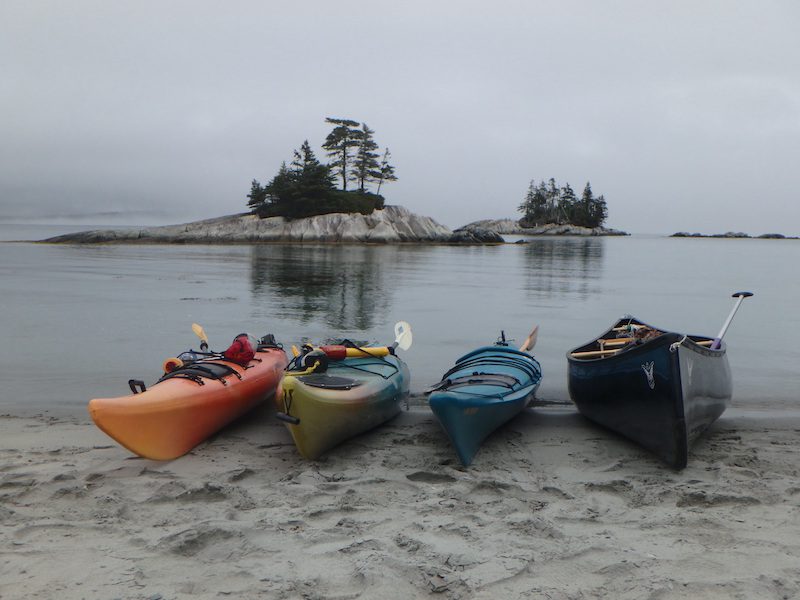
Lunch stop one day in the 100 Wild Islands / Photo by Sandra Phinney
If you go paddling in Nova Scotia
Contact me. Seriously. I’m not a tour guide or operator, but I’m familiar with most of our inland and coastal waterways, and the backcountry of Nova Scotia. If I don’t have the information you need, I can point you in the right direction. And should you show up on my doorstep, I’ll take you for a spin on my beloved Tusket River. Lunch included.
More Tales From Atlantic Canada
Travel That Teaches: Enriching our Lives Through Immersive Travel Experiences
When we dive into the deep end of a culture, we can create a never-to-be-forgotten experience that enriches our lives and enhances our understanding.
Meeting a Legendary Heroine, Elder Tshaukuesh Elizabeth Penashue, in the Big Land—Labrador, Canada
Sandra Phinney recounts her experience with Tshaukuesh Elder Elizabeth Penashue while learning about the land in Labrador, Canada.
30 Less-Travelled Places for Women in 2024
For our 30th anniversary, JourneyWoman reveals 30 less-travelled places for women in 2024, according to our writers and travel experts.

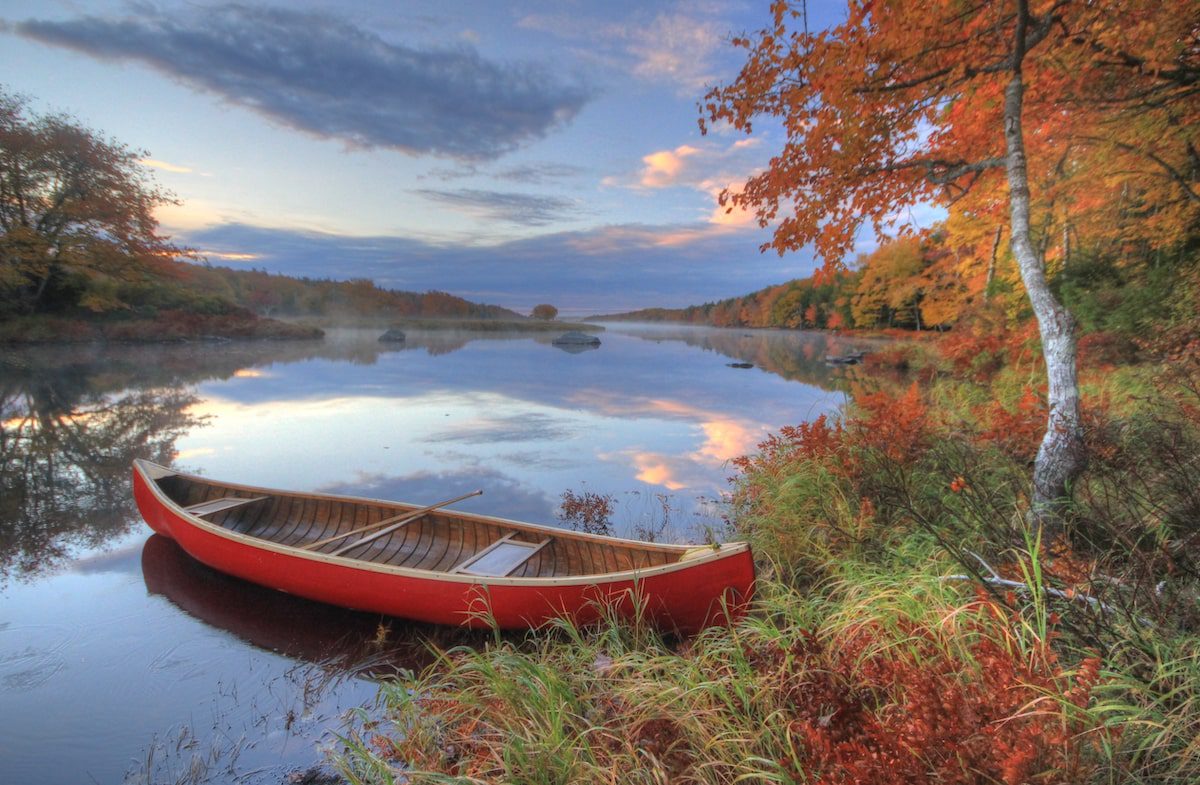


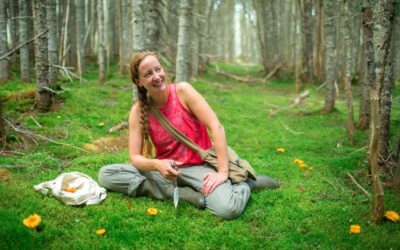


It was a great read, I am honoured that I got to spend a week with Sandra and other backcountry canoe enthusiasts travelling through Kejimkujik and the Tobeatic. Keep up the writing.
Bob